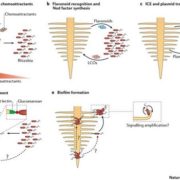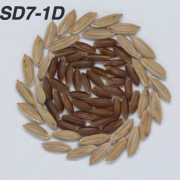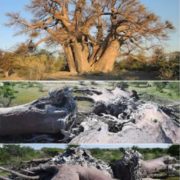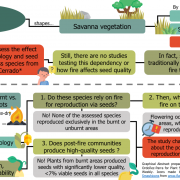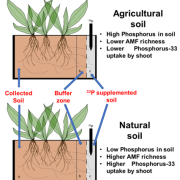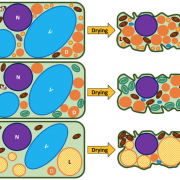The first dormancy profile for a tropical montane forest community (Plant Biol.) ($)

Seed dormancy is a crucial mechanism to synchronize germination with the most suitable environmental conditions. Therefore, assessing its prevalence at the community level allows us to understand how plants adapt to their local environment. In this paper, Athugala and colleagues build the first dormancy profile for a tropical montane forest community. Eighty species from three forests in Sri Lanka were submitted to different germination experiments to determine whether their seeds exhibit dormancy and, in case they did, establish its class. 69% of the species had dormant seeds, with physiological dormancy (PD) being the most frequent dormancy class. The authors discuss that dormancy ensures that seeds germinate during the year’s least dry period. Interestingly, plant growth form was significantly correlated with seed dormancy classes: most trees and shrubs seeds had PD while the seeds of most herb species were non-dormant. In contrast, canopy and understory species did not differ significantly in their dormancy profiles. Given this, the study outlines the importance of dormancy in the regeneration of the different elements of tropical montane forests, making it an obligate reading for future studies in this ecosystem. (Summary by Carlos A. Ordóñez-Parra @caordonezparra) Plant Biol. 10.1111/plb.13203


